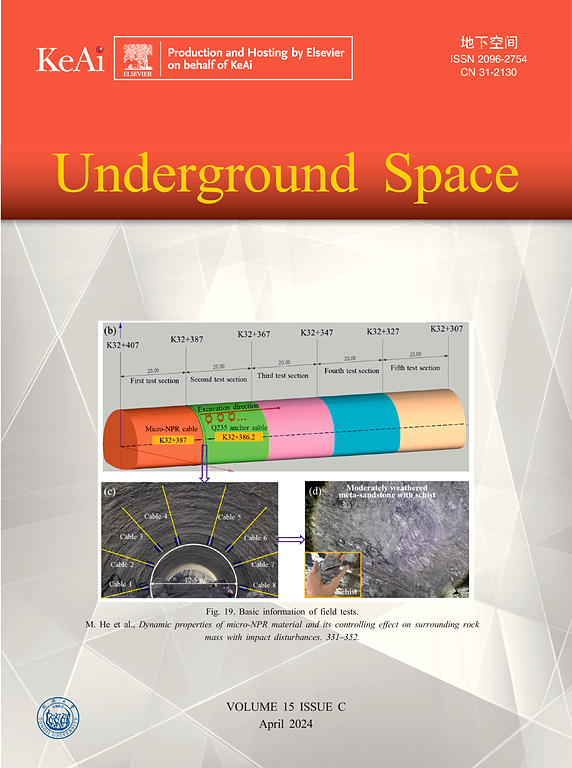基于迁移学习的历史数据挖掘提高隧道现场调查数据重用
IF 8.3
1区 工程技术
Q1 ENGINEERING, CIVIL
引用次数: 0
摘要
由于低效的基于内容的存档和搜索工具,大量有价值的历史隧道现场调查数据仍未得到充分利用。本研究引入了一种新的数据驱动框架,该框架将迁移学习与反向图像搜索相结合,以彻底改变隧道工程中历史数据的利用。该方法利用相应的隧道面图像对已开挖的隧道断面进行索引,并根据地质特征识别工程间的相似性。使用预先训练的深度学习模型进行迁移学习,将隧道表面图像压缩成紧凑的低维向量,从而实现高效的相似性搜索。这种转换将地质信息转换为可比较的向量,提高了数据搜索的效率和速度。开发了一种在线云服务,允许工程师实时访问类似的历史项目。为了提高压缩矢量的质量,本研究提出了一种多级特征提取方法。该方法显著提高了深度学习模型从岩石图像中准确识别主要特征的能力。当应用于中国不同范围的隧道开挖项目时,该模型在检索具有相似地质特征的项目时显示出超过90%的令人印象深刻的准确性。这强调了该模型作为增强隧道工程数据管理和决策的强大工具的潜力。本文章由计算机程序翻译,如有差异,请以英文原文为准。
Enhancing data reuse in tunnelling site investigation through transfer learning-based historical data mining
Vast amounts of valuable historical tunnelling site investigation data remain underutilized due to inefficient content-based archiving and searching tools. This study introduces a novel data-driven framework that integrates transfer learning with reverse image search to revolutionize the utilization of historical data in tunnelling projects. The method indexes excavated tunnel sections with corresponding tunnel face images and identifies similarities between projects based on geological features. Transfer learning with pre-trained deep learning models is employed to compress tunnel face images into compact, lower-dimensional vectors, enabling efficient similarity searches. This transformation converts geological information into comparable vectors, enhancing the efficiency and speed of data searches. An online cloud service is developed to allow engineers to access similar historical projects in real-time. To enhance the quality of the compressed vectors, this study developed a multi-level feature extraction method. This method markedly improves the deep learning models’ ability to accurately identify major features from rock images. When applied to a diverse range of tunnel excavation projects in China, the model exhibited an impressive accuracy of over 90% in retrieving projects with similar geological features. This underscores the model’s potential as a robust tool for enhancing data management and decision-making in tunnelling engineering.
求助全文
通过发布文献求助,成功后即可免费获取论文全文。
去求助
来源期刊

Underground Space
ENGINEERING, CIVIL-
CiteScore
10.20
自引率
14.10%
发文量
71
审稿时长
63 days
期刊介绍:
Underground Space is an open access international journal without article processing charges (APC) committed to serving as a scientific forum for researchers and practitioners in the field of underground engineering. The journal welcomes manuscripts that deal with original theories, methods, technologies, and important applications throughout the life-cycle of underground projects, including planning, design, operation and maintenance, disaster prevention, and demolition. The journal is particularly interested in manuscripts related to the latest development of smart underground engineering from the perspectives of resilience, resources saving, environmental friendliness, humanity, and artificial intelligence. The manuscripts are expected to have significant innovation and potential impact in the field of underground engineering, and should have clear association with or application in underground projects.
 求助内容:
求助内容: 应助结果提醒方式:
应助结果提醒方式:


